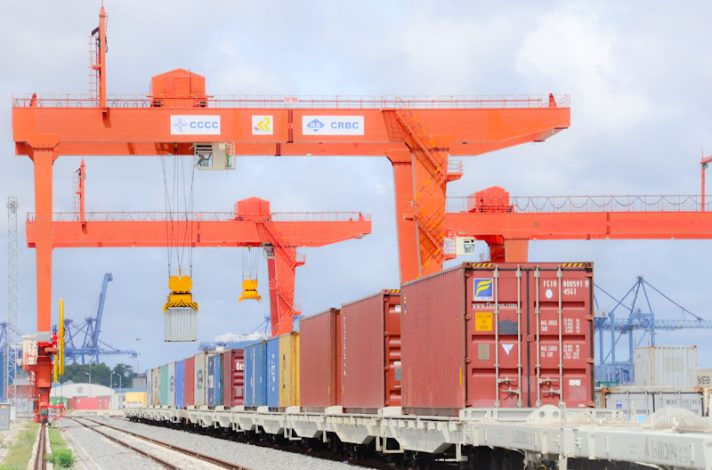“Kenya isn’t ‘broke’”, Razia Khan, Chief Economist for Africa and the Middle East, says as the country seeks more financial support from the International Monetary Fund (IMF).
According to The Business Daily, Kenya is seeking another loan after it received Ksh 79.3 billion ($739) in May to respond to the economic shocks caused by the coronavirus pandemic.
“Following up on the support provided by the IMF in May under our Rapid Credit Facility (RCF), the Kenyan authorities have expressed interest in a Fund arrangement. IMF staff is in discussions with the authorities toward such an arrangement,” IMF resident representative Tobias Rasmussen told Business Daily.
However, Razia, in a Tweet, said, “Seeking IMF assistance at a time when the economy has suffered multiple shocks (and Kenya was seeking a stand-by arrangement even prior to Covid) is sensible. Also an anchor for fiscal policy.”
Kenya isn’t ‘broke’
Seeking IMF assistance at a time when the economy has suffered multiple shocks (and Kenya was seeking a stand-by arrangement even prior to Covid) is sensible.
Also an anchor for fiscal policy https://t.co/D5QSOenoVw
— Razia Khan 📚 (@raziakkhan) November 3, 2020
The National Treasury’s final 2020 Budget Review Outlook Paper (BROP), increased its domestic borrowing target to Ksh 524 billion from the initial target of Ksh 493 billion.
The economy grew by 4.9 per cent in the first quarter of 2020 compared to a growth of 5.5 per cent in a similar period in 2019.
NCBA Market Analysts Faith Atiti and Stephanie Kimani note that the fiscal deficit had widened considerably over the last couple of months as revenues falter amidst rising expenditure. Revenues declined by 15% in the first quarter of 2020/21, consistent with the government’s decline in economic output and tax relief measures.
“The fiscal deficit (including grants) is, therefore, projected at 8.9 per cent of GDP in the FY 2020/21 budget, which is higher than the 7.5 per cent of GDP in the budget estimates and the outcome of 7.8 per cent of the GDP in the FY 2019/20 budget. The deficit is projected to decline to 7.1 per cent of GDP in FY 2021/22 and 4.9 per cent of GDP over the medium term.” Treasury says.
In March, before the first Covid-19 positive case was reported in Kenya, IMF had said it was satisfied with the country’s fiscal deficit reduction plan for growth-enhancing fiscal consolidation.
However, at the end of September, the Central Bank of Kenya estimates that the current account deficit narrowed to 5.0% y/y (5.4% y/y at the end of 3Q19).
Analysts from Genghis Capital believe that the low levels of current account deficit are transitory and are expected to widen gradually as the global market recovers and dissipation of international trade risks.
“This implies that at some point in 1H21, the external funding pressure will kick in, and this will be plugged by the World Bank Development Policy Operation (DPO) III, expected to the tune of Ksh 150 billion in the current fiscal year.”
At the end of October, the Government was 64.3 % ahead of its prorated borrowing target of Kshs 130.9 billion, having borrowed Kshs 215.1 billion.
There are projections that it will not be able to meet its revenue collection targets of Kshs 1.9 trillion for FY’2020/2021 because of the current subdued economic performance in the country brought about by the spread of COVID-19.
“Therefore leading to a larger budget deficit than the projected 7.5% of GDP, ultimately creating uncertainty in the interest rate environment as additional borrowing from the domestic market may be required to plug the deficit,” Cytonn Investments allude.
READ





